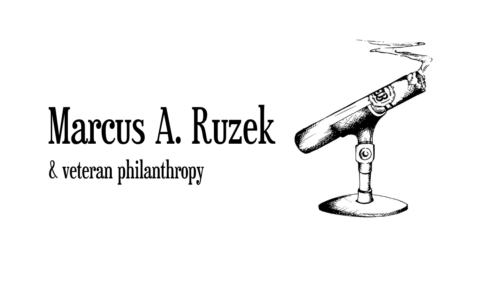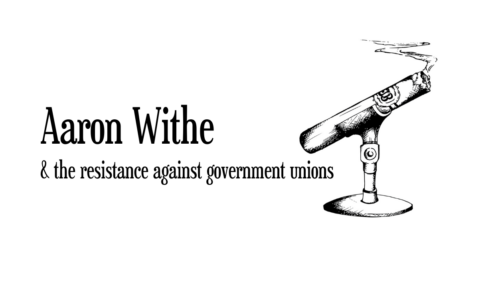#1: If you don’t have a plan for next year, let’s change that.
We all make New Year’s resolutions, plan on huge success, but find ourselves twelve months later throwing back a few too many wine and spirits because, well, life happens. Below are three resolutions that will keep you on track and in good spirits (without the extra help).
(1) Make a Plan.
If you don’t have a plan for next year, let’s change that. Whether you are looking to increase revenue, build capacity, or communicate more effectively, a simple strategic development plan helps you to define your goals and creates a clear pathway to achieve them. It’s easy to get distracted during the haste, so while things quiet down over the holidays, take a step back and make a good plan for the coming year.
- FIRST, let’s be honest. What’s the situation? What have you achieved? What are your strengths? What are your weaknesses? Review and analyze past budgets, financial statements, 990s, marketing materials, publications, and organizational history to create a situation analysis. Systematically layout where you have been and where you are now. This is will give you a better sense of what can be accomplished next year.
- SECOND, take the long view. Where do you want to go next year? What problems are you trying to solve? This can be challenging, but it is important to paint the picture. Knowing where you’re going is half the battle, so spend some time revisiting your mission and refine it as needed. You want your donors to know who you are. It is crucial to clearly communicate your vision and how you’re equipped to tackle the job.
- THIRD, map it out. How are you going to get there? What is your landmark goal? What are your objectives? What are the major development-related benchmarks associated with those goals? Where is the low-hanging fruit? What are the core strategies that will help you achieve your goals? I know constructing a strategic development plan might sound daunting, but it’s an invaluable tool. As life gets hectic, leadership and personnel change, and your strategic development plan will be a safe-haven of sanity. Make sure to include benchmarks in all aspects of your plan and utilize the situation analysis. Create qualitative as well as quantitative benchmarks, goals that make sense for your organization, mission and programs.
- FOURTH, check for a pulse. How are things going? Have you set realistic expectations? Do you need to adjust your plan? Or do you need to wait it out? It’s important that you meet at least once a quarter, if not once a month, to review your progress and adjust your strategy when necessary. Remember: Plans never go as planned, so plan to re-plan!
(2) You’re micromanaging. Stop.
Your time is invaluable. So, if you can help it, save yourself from extra anxiety and trust your colleagues to get stuff done.
- FIRST, like most things, communication is key. Do they understand the task? Can they meet the deadline? How’s their work load? If you can’t go to the bathroom without things falling apart, there are bigger problems. Luckily, most problems can be addressed with good communication. Set a goal to schedule time to with each colleague and assess how things are going. People are complex, so communicating effectively is crucial to a work environment. If something needs to be addressed, don’t push it off. Some things do get worse with time.
- SECOND, define expectations. Have you clearly communicated your expectations? Do you they understand your expectations? Most people aren’t mind readers. If you tend to micromanage, for everyone’s sake, be explicit about what you need and how it needs to be done, and then give your colleagues the chance to actually do it.
(3) Help a Brother Out.
Hungry? Eat a fruit snack. Sometimes we over-complicate life. There are little things you can do that will create a more effective work environment.
- FIRST, you don’t need to do everything. Are you unable to meet your goals because you spend a significant amount of time on expendable tasks? Nonprofit managers are notorious for biting more than they can chew. Maybe you should delegate a few tasks. Hire a part-time or full-time employee to lighten the load. You can’t do everything, and you will burn out. There’s a reason why turnover in the nonprofit sector is as rampant as it is.
- SECOND, buy new pens. Do you regularly kick your printer because of too many paper jams? Assuming you don’t need a massage chair, put some money aside next year to buy a new printer, paper shredder or functioning stapler. Whatever is creating small annoyances around the office on a regular basis. You spend half of your life at work, invest in yourself and buy better coffee.
----- It’s my goal to help purpose-driven organizations achieve their fundraising goals, craft clear and compelling communications, and achieve greater influence. Please let me know if and how I can be of help to you. Feel free to shoot me an email at kjanus@americanphilanthropic.com. You can also check out consulting services at AmericanPhilanthropic.com, as well as fundraising trainings throughout the year.
Photo via Visualhunt.com






